- 注册
- 登录
- 小程序
- APP
- 档案号

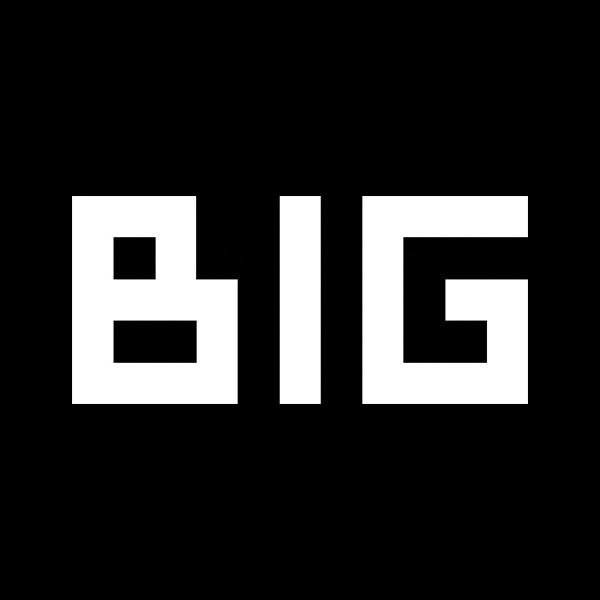
BIG建筑事务所 · 2021-01-14 15:30:35
BIG建筑事务所与丰田汽车集团一同揭晓了“丰田编织城市 Toyota Woven City”的设计方案。作为BIG在日本的首个项目,“编织城市”坐落在富士山下,它将成为世界首个致力于全面提高交通的城市孵化器,为测试和推进机动性、自治性、连通性、氢动力设施和产业合作提供生活实验空间,在科技、历史和自然共荣的未来,在人和社群之间建立更加紧密的连结。
Together with Toyota Motor Corporation, BIG unveils Toyota Woven City as the world’s first urban incubator dedicated to the advancement of all aspects of mobility at the foothills of Mt. Fuji in Japan. Envisioned as a living laboratory to test and advance mobility, autonomy, connectivity, hydrogen-powered infrastructure and industry collaboration, Toyota Woven City aims to bring people and communities together in a future enabled by technology yet grounded in history and nature.
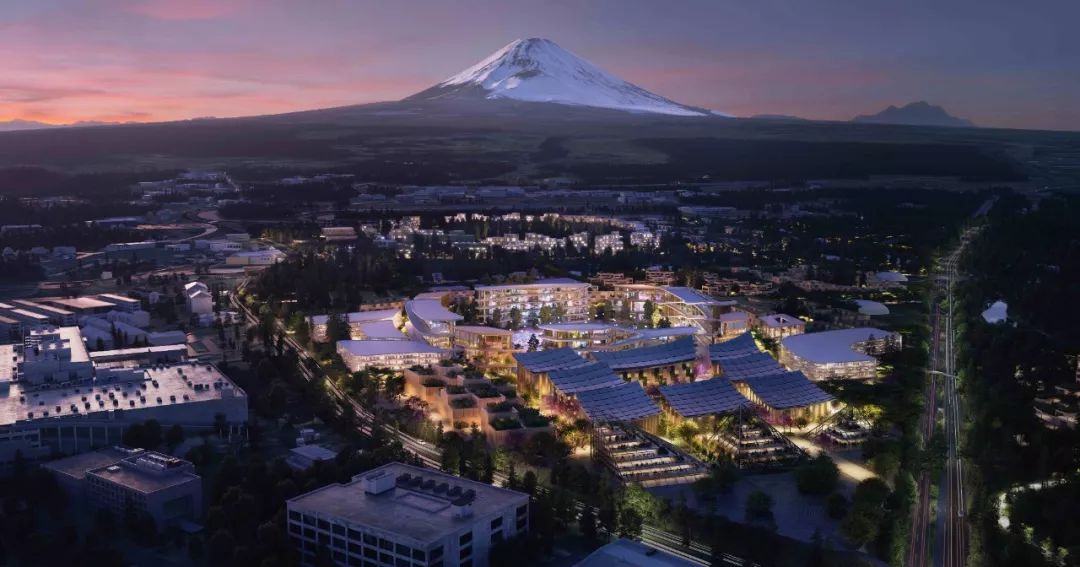
“编织城市”将落址于静冈县裾野市一处旧厂区,占地175英亩(约70.8万平方米),它将以连通的、清洁的新型共享出行方式,在交通、出行、人与自然之间制造新的平衡,利用太阳能、地热能和氢燃料电池技术努力构建碳中和社会。这座“城市”将在2021年破土动工,之后分阶段开发。
Located at a 175-acre former factory site in the city of Susono in Shizuoka, Toyota Woven City creates a new equality among vehicles, alternate forms of movement, people and nature, streamlined by the promise of a connected, clean and shared mobility. The city will utilize solar energy, geothermal energy, and hydrogen fuel cell technology to strive towards a carbon neutral society, with plans to break ground in phases beginning in 2021.
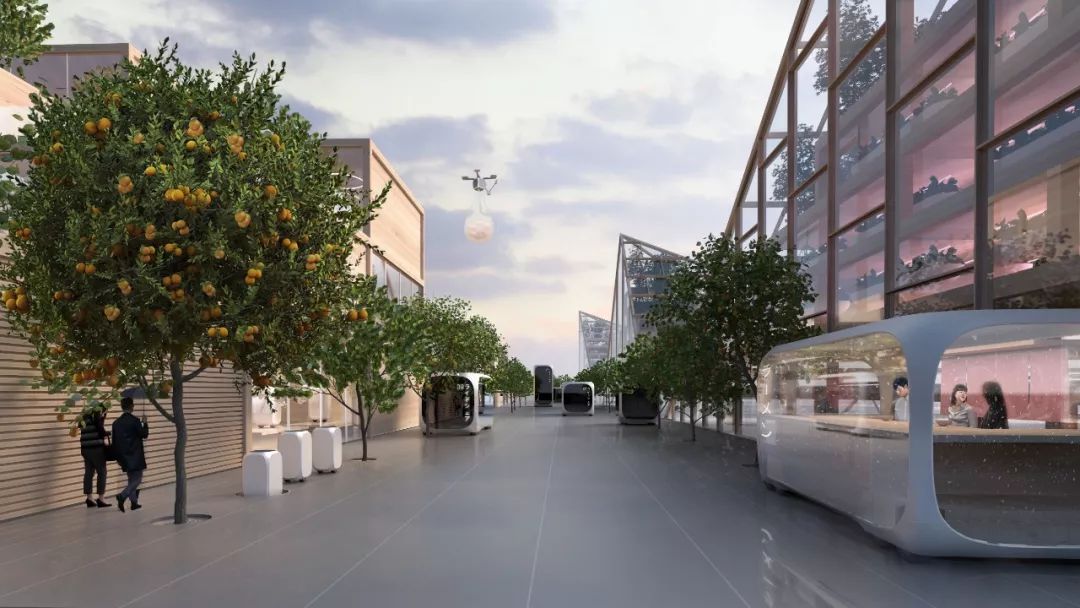
建筑师设想中的“编织城市”包含灵活的街道网络,适用于各种交通速度,以实现更安全并且更方便行人的交通连接。典型的道路被划分为三部分,主要街道首先是针对主要街道进行优化,首先设置主干道,专为速度更快的无人驾驶车辆通行。丰田e-Palette是一款清洁、多功能的无人驾驶汽车,将用于共享交通、货运、移动零售、移动餐饮、移动医疗、移动酒店和移动办公等用途。
The Woven City is conceived as a flexible network ofstreets dedicated to various speeds of mobility for safer, pedestrian-friendly connections. The typical road is split into three, beginning with the primary street optimized for faster autonomous vehicles with logistical traffic underneath. The Toyota e-Palette – a driverless, clean, multi-purpose vehicle – will be used for shared transportation and delivery services, as well as for mobile retail, food, medical clinics, hotels and workspaces.
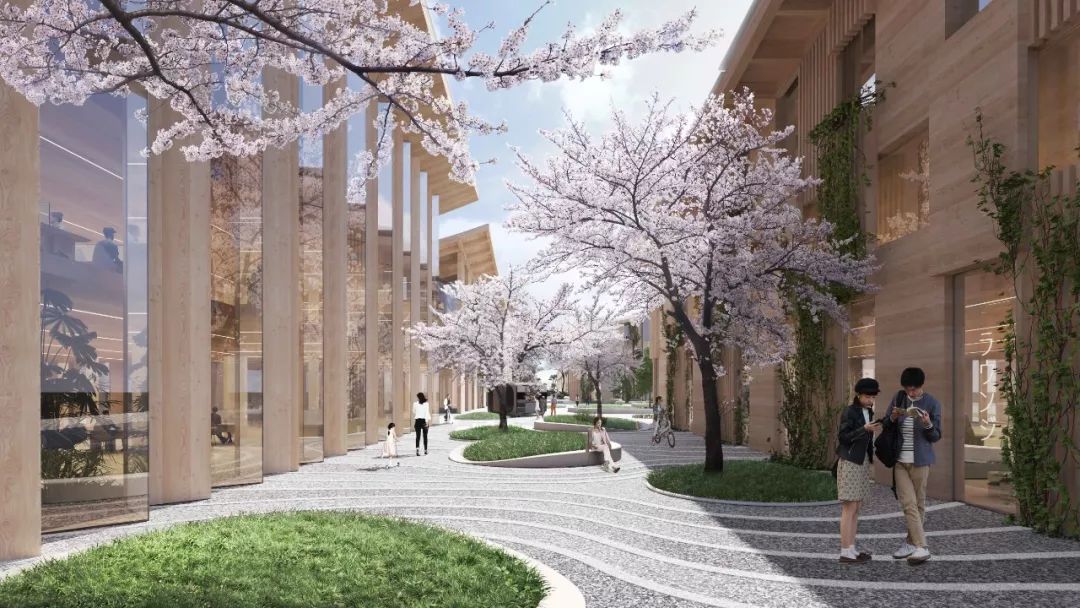
另一条道路是休闲长廊,供自行车、小型摩托车等小型移动工具,以及包含丰田i-Walk概念电动滑板车等各种个人交通工具。这条共享街道使居民能够以较慢的速度,在布满自然景观的宽阔空间中漫步。
The recreational promenade is occupied by micro-mobility types such as bicycles, scooters and other modes of personal transport, including Toyota’s i-Walk. The shared street allows residents to freely meander at a reduced speed with increasing amount of nature and space.
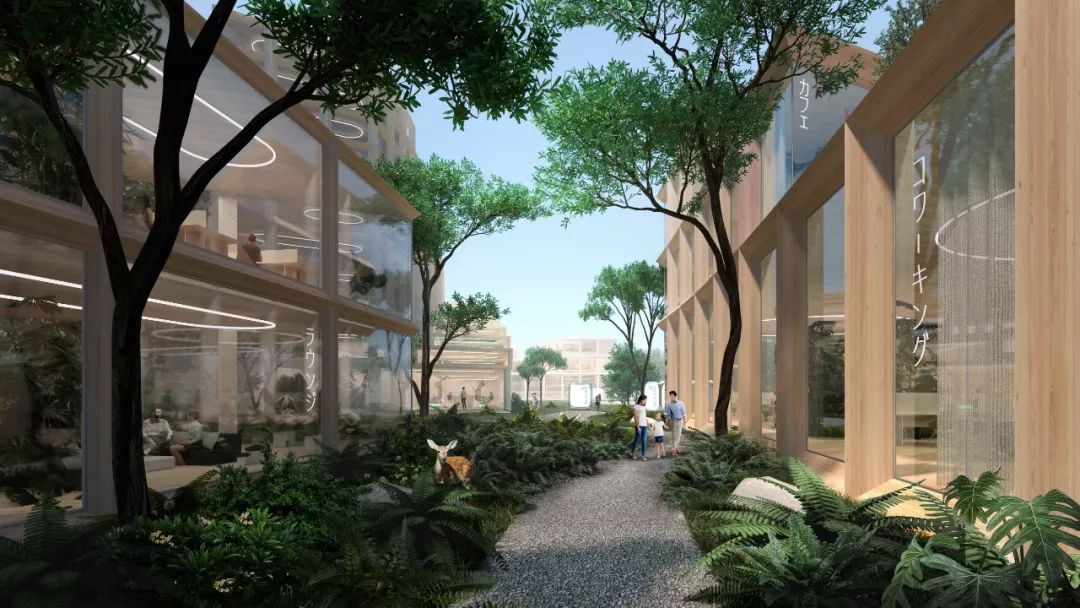
第三条是线性公园,是一条专为行人、植物和动物设计的道路。人们可以在这条安全舒适的小路上悠闲地散步、在这条连通着富士山裾野谷的生态步道上,自由驻足、享受自然之美。
The third type of street is the linear park, a path dedicated to pedestrians, flora and fauna. An intimate trail provides a safe and pleasant environment for leisurely strolls and nature breaks through the ecological corridor connecting Mount Fuji to the Susono Valley.

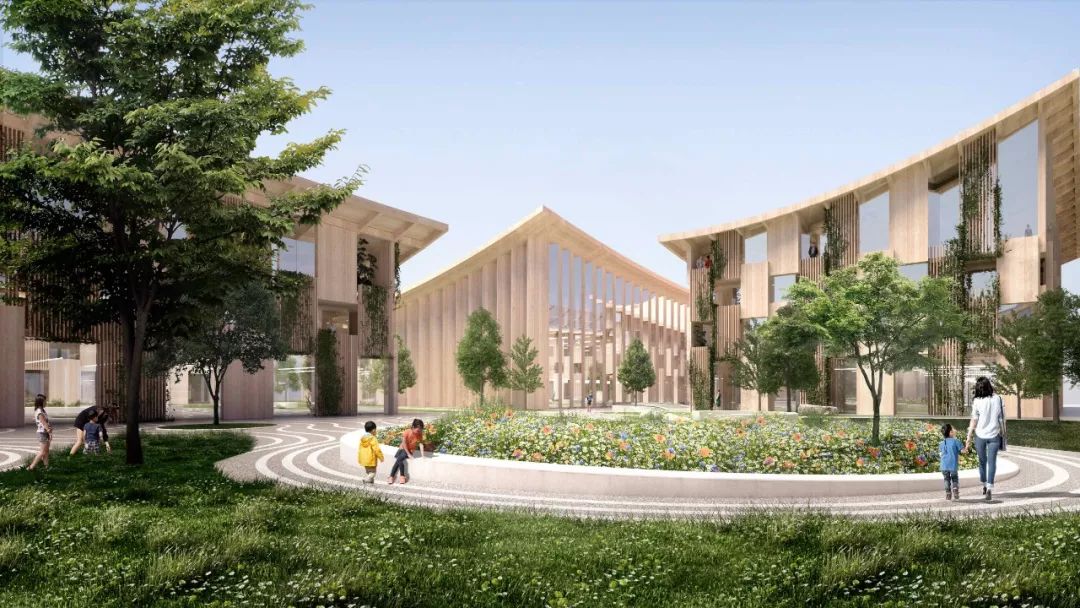
三种街道纵横交错、编织出3×3单元的城市街区,每个街区都围圈出各自的庭院,且只能通过休闲长廊或线性公园进入的庭院。通过扩展和收缩,编织网格的城市肌理能够适应各种空间尺度、功能和室外区域。例如,一片庭院可以扩展成为一个大广场,甚至可以膨胀成一座中心公园,容纳可供整座城市使用的公共设施。地下网络则分布着城市的基础设施,包括氢能源、雨水过滤和被称为“物联网”的货物运输系统。
The three street types are woven into 3×3 city blocks, each framing a courtyard accessible only via the promenade or linear park. The urban fabric of the woven grid expands and contracts to accommodate a variety of scales, programs and outdoor areas. In one instance, a courtyard balloons to the scale of a large plaza, and in another, to become a central park providing a city-wide amenity. Hidden from view in an underground network lies the infrastructure of the city, including hydrogen power, storm water filtration anda goods delivery network dubbed the ‘matternet’.
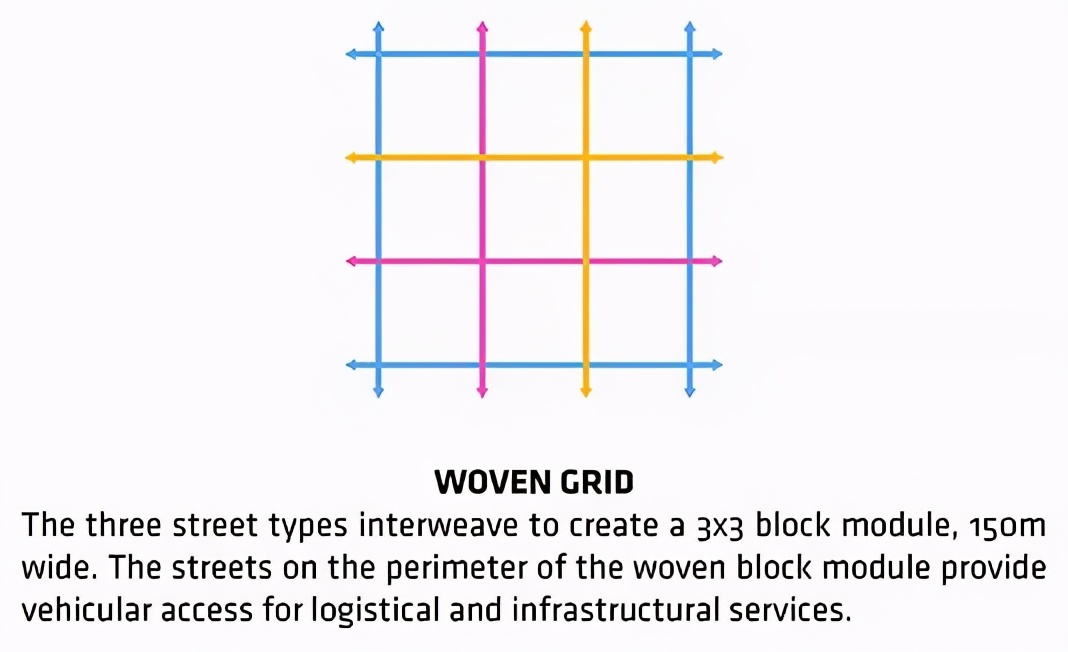
编织网格
三种类型的街道相互交织,形成150米宽、3×3的城市街区
位于街区边缘的街道为物流和基础设施服务提供了车辆通道

编织街区
“编织城市”比传统的城市网络更具渗透性
它提供了一种更适宜人类尺度的环境
模数化的3×3网格包含了一个供人慢行的中心庭院
以及环绕在庭院周围的8个街区
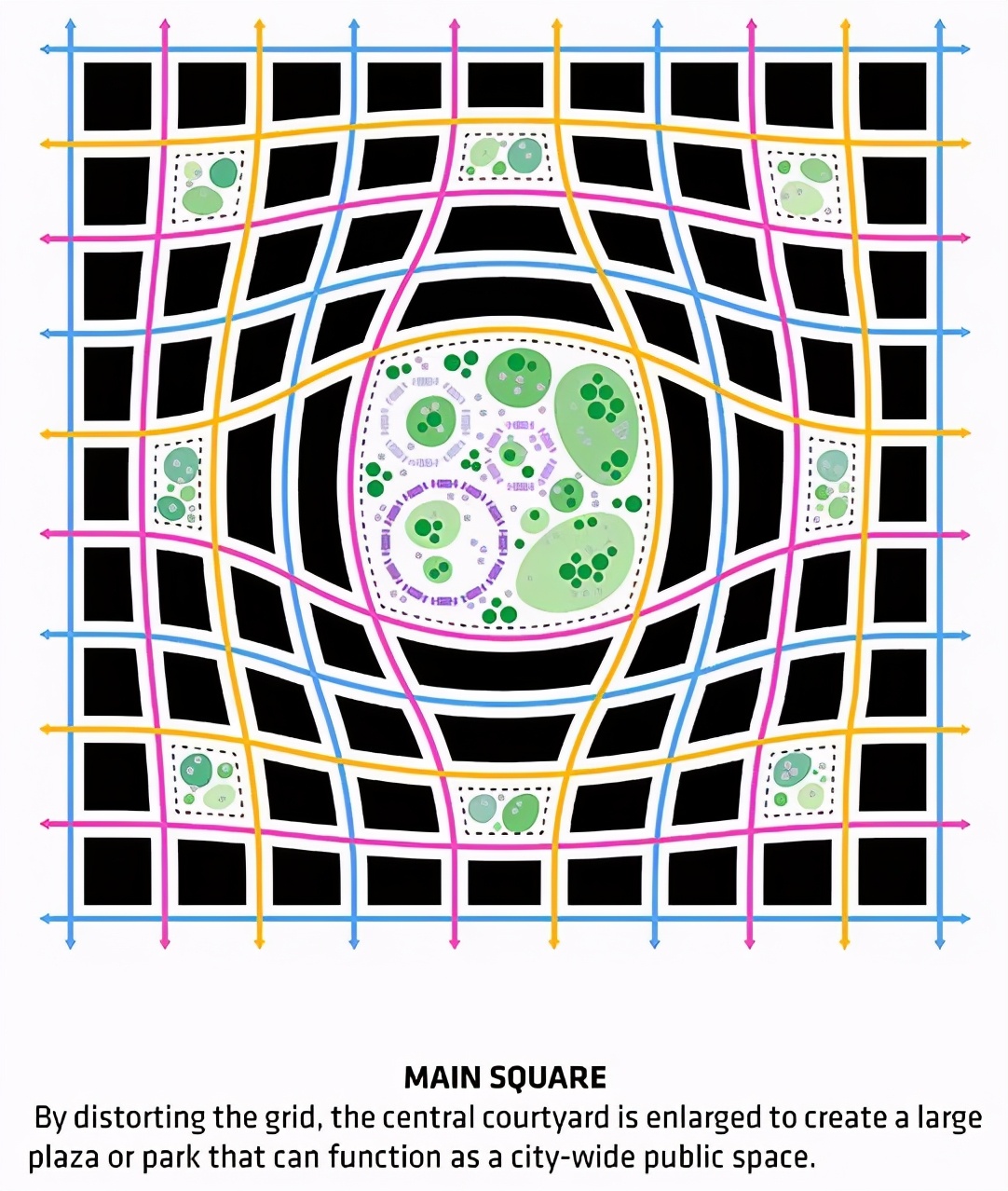
主广场
通过网格结构的扭曲变形,中心庭院可以扩展为广场或公园
为整座城市的居民提供功能性的公共空间
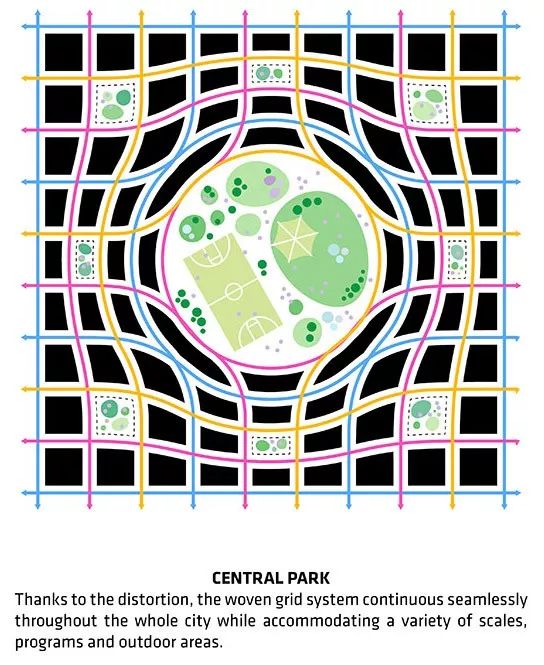
中央公园
编织的网格系统以扭曲变形的方式在整座城市内无缝延展
容纳不同的尺度、功能和户外区域
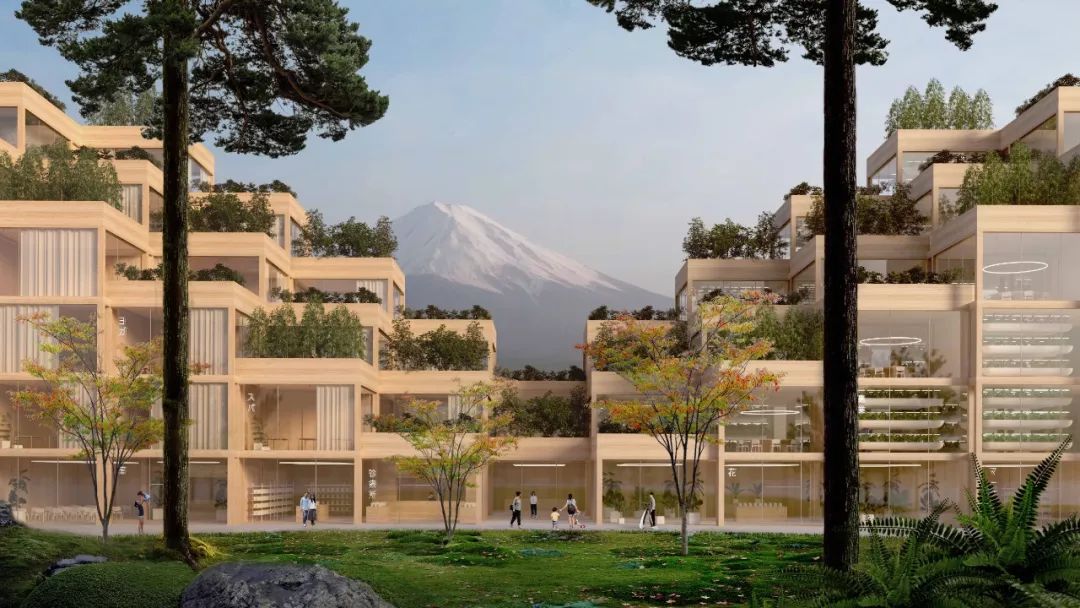
“编织城市”的将大规模推行木建筑,通过将日本传统手工艺、榻榻米模块与机器人制造技术相结合,促进对日本建筑遗产的延续、发扬和创新。
The buildings at the Woven City will advance mass timber construction. By combining the legacy of Japanese craftsmanship and the tatami module with robotic fabrication technology, Japan’s construction heritage lives on, while building sustainably and efficiently into the future.
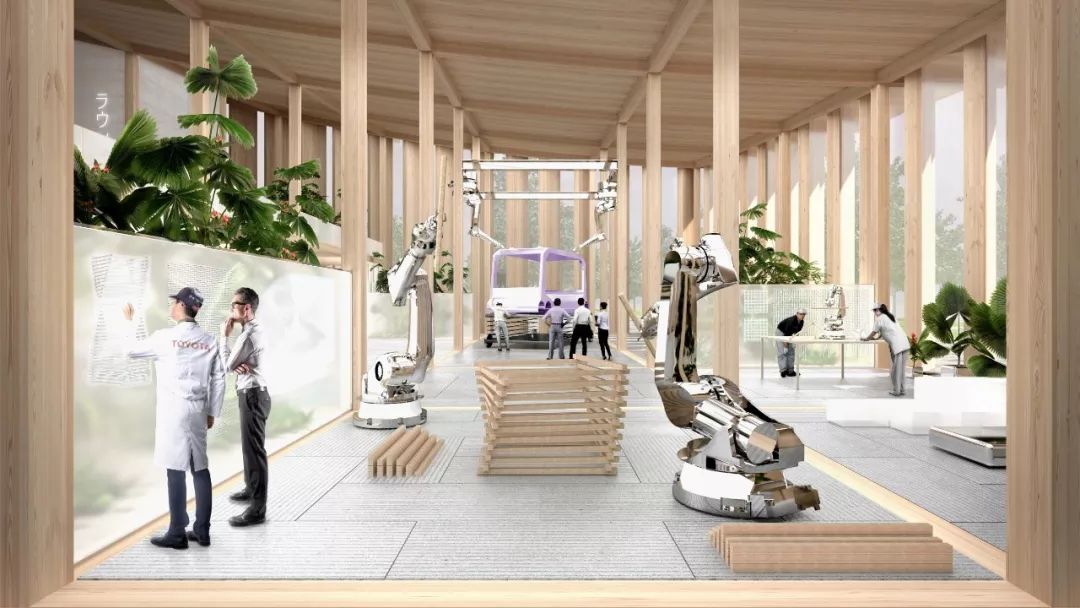
城市内的住宅、零售和商业建筑主要采用碳封存木材,屋顶上安装光伏板,不仅代表了每个城市街区的特征,更确保了社区全天候的生机与活力。丰田的研发空间容纳了多个机器人建造、3D打印和移动实验室,而典型的办公室则灵活容纳了工作站、休息厅和室内花园。
A mix of housing, retail and business – to be built primarily of carbon-sequestering wood with photovoltaic panels installed on the roofs – characterize each city block, ensuring vibrant and active neighborhoods at all times of the day. Toyota’s R&D spaces house robotic construction, 3D printing and mobility labs, while typical offices flexibly accommodate workstations, lounges and indoor gardens.
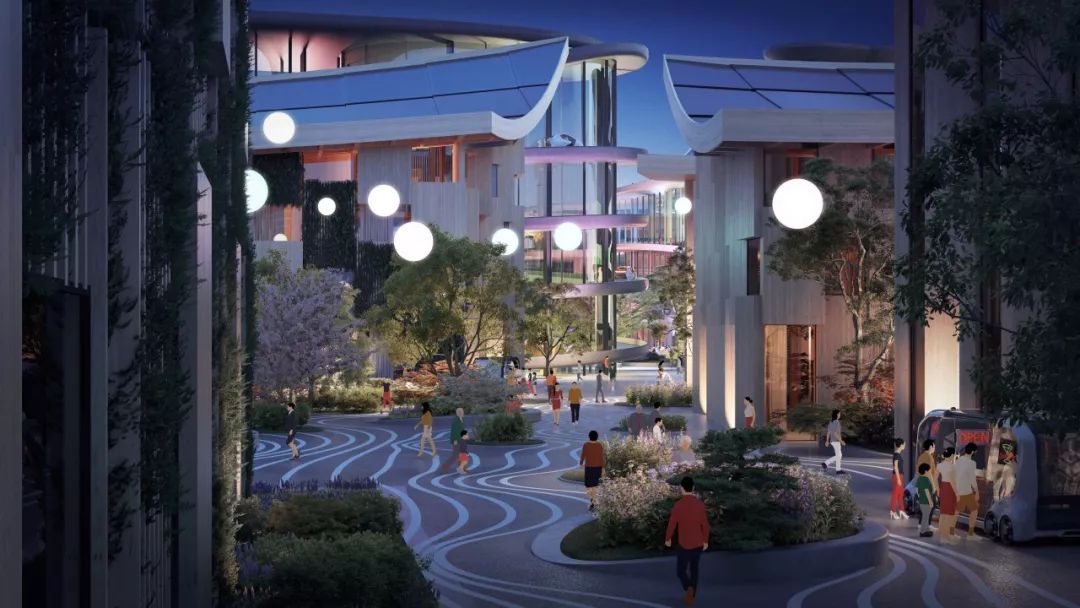
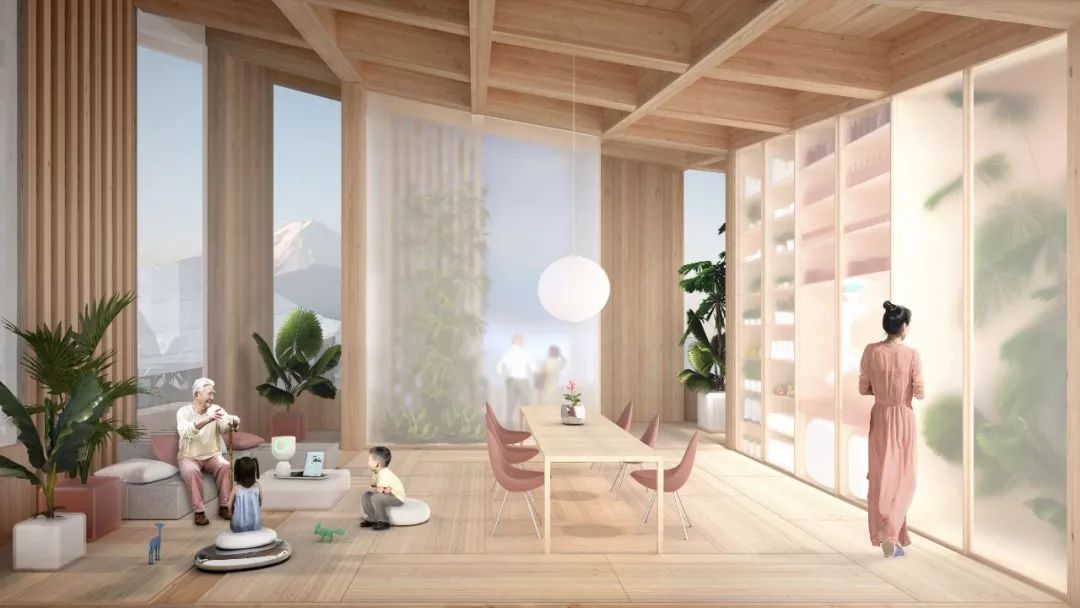
“编织城市”内的住宅将试用居家机器人等一系列新技术来辅助居民的日常生活。通过充分运用AI传感技术的全面连接,这些智能住所能够实现物品传递、送洗衣物和垃圾处理等功能。与此同时,还能为住户提供富士山的壮丽风景。
Residences in the Woven City will test new technology such as in-home robotics to assist with daily living. These smart homes take advantage of full connectivity using sensor-based AI technology to perform functions such as automatic grocery deliveries, laundry pick-ups or trash disposal, all while enjoying spectacular views of Mt. Fuji.
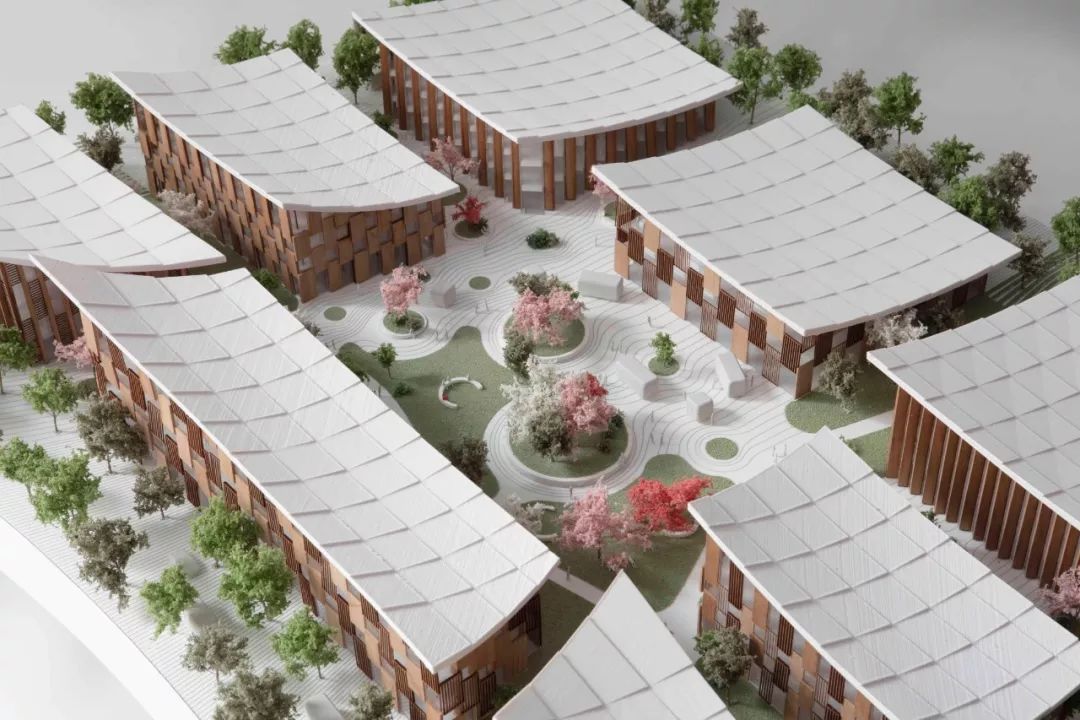
“当下的城市是糟乱的——万事万物、无处不在,却鲜有可取之处。在‘编织城市’中,我们将现有的城市肌理剥离开来,将传统道路的三个组成部分重新编织成一种新的城市网络……3x3多孔城市街区为社会生活,文化和商业创造了多种不同的模式。当今社会,社交媒体和网络销售正在逐渐取代和消除传统的社交场所,我们比以往任何时代都更加孤立。而‘编织城市’的创想,就是希望通过科技加强公共空间的社交凝聚力,增强人与人之间的连接。”
-- Bjarke Ingels,BIG创始人兼创意总监
“Today the typical is mess – with everything and nothing happening everywhere. With the Woven City we peel apart and then weave back together the three components of a typical road into a new urban fabric... The resulting pattern of porous 3x3 city blocks creates a multitude of different econiches for social life, culture and commerce. In an age when technology – social media and online retail – is replacing and eliminating our traditional physical meeting places, we are increasingly more isolated than ever. The Woven City is designed to allow technology to strengthen the public realm as a meeting place and to use connectivity to power human connectivity.”
-- Bjarke Ingels, Founder & Creative Director, BIG

项目信息
PROJECT DATA
项目名称:丰田“编织城市”
Name: Toyota Woven City
项目类型:委托设计
Type: Commission
项目面积:175公亩/708,200平方米
Size: 175 acres / 708,200 m2
项目地点:日本,静冈县,裾野市
Location: Susono City, Shizuoka, Japan
业主 Client:
Toyota Motor Corporation + Kaleidoscope Creative
合作方 Collaborators:
Squint Opera, Mobility in Chain, AtelierTen
BIG设计团队
BIG – BJARKEINGELS GROUP
主创合伙人 Partners-in-Charge: Bjarke Ingels, Leon Rost
项目经理 Project Manager: Yu Inamoto
项目主管 Project Leader: Giulia Frittoli
设计团队 Team:
Agla Egilsdottir, Alvaro Velosa, Brian Zhang, John Hein, Joseph Baisch, Mai Lee, Margherita Gistri, Nicolas Lapierre, Peter Sepassi, Raven Xu, Samantha Okolita, Shane Dalke, Thomas McMurtrie, Yi Lun Yang, Nasiq Kahn, Jeffrey Shumaker
特别声明
本文为自媒体、作者等档案号在建筑档案上传并发布,仅代表作者观点,不代表建筑档案的观点或立场,建筑档案仅提供信息发布平台。
19
好文章需要你的鼓励

 参与评论
参与评论
请回复有价值的信息,无意义的评论将很快被删除,账号将被禁止发言。
 评论区
评论区